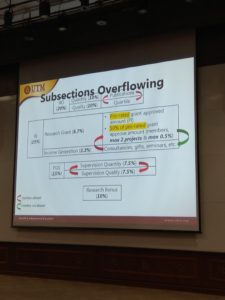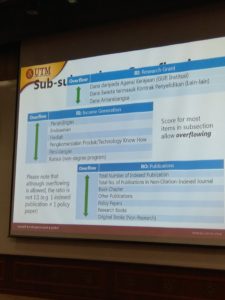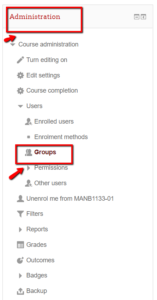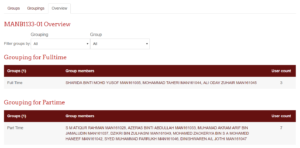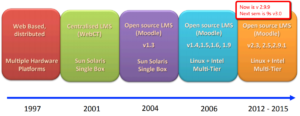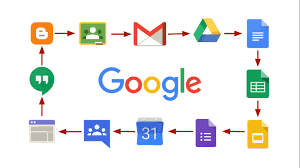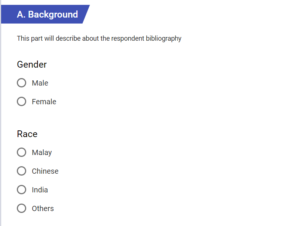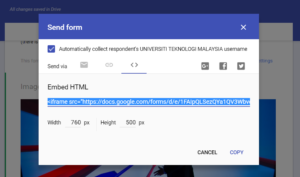CHB is a Q1 Journal. It bimonthly peer-reviewed academic publish by elsevier. The most important part is CHB related to my field (HCI) and cyberpsychology (I dont know the existence of this field until today). The editor is Matthieu Guitton (Laval University, Quebec City).
In 2016, the impact factor is 3.435.

